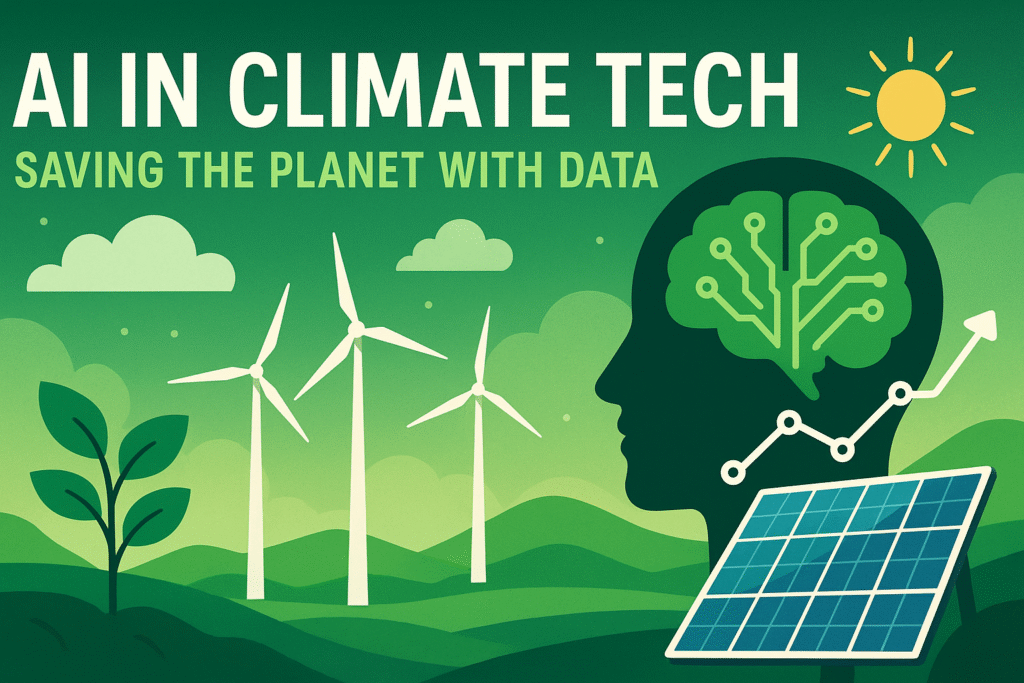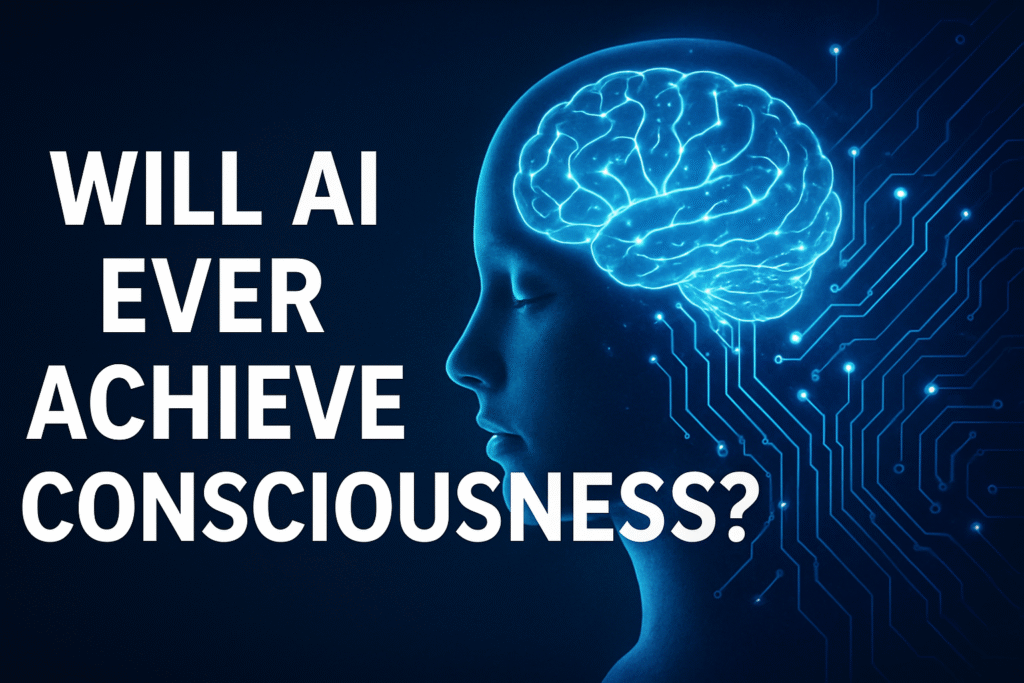🌍 Introduction: AI in Climate Tech — Data for a Greener Tomorrow
As climate change accelerates, the fight to save the planet grows more urgent. In this battle, AI in Climate Tech is emerging as a game-changer — using real-time data, predictive modeling, and machine learning to optimize sustainability efforts worldwide.
At AiBlogQuest.com, we explore 7 smart ways artificial intelligence is helping us build a cleaner, greener, and smarter planet through climate technology.
🌡️ 1. Predicting Extreme Weather with Machine Learning
AI models trained on decades of satellite and meteorological data can now forecast floods, hurricanes, and heatwaves days or even weeks in advance.
Tools like:
-
Google’s DeepMind Weather AI
-
IBM’s The Weather Company
…are transforming how governments and communities prepare for disasters.
AI in Climate Tech is literally saving lives with data.
🌿 2. Optimizing Renewable Energy with Smart Grids
Solar and wind energy are clean, but their output is variable. AI-powered smart grids help by:
-
Predicting energy demand
-
Managing battery storage
-
Balancing loads across regions
This reduces fossil fuel reliance and makes green energy more reliable.
🛰️ 3. Monitoring Deforestation via Satellite + AI
Projects like Global Forest Watch use AI to analyze satellite images in real time. These systems:
-
Detect illegal logging
-
Track changes in forest cover
-
Alert authorities instantly
This allows proactive conservation across rainforests in the Amazon, Congo, and Southeast Asia.
🚜 4. Revolutionizing Sustainable Agriculture
Agriculture is both a climate victim and contributor. AI in Climate Tech helps with:
-
Precision irrigation using AI sensors
-
Crop disease detection from drone footage
-
Soil health analysis with machine learning
The result? Higher yield, less water, and reduced emissions.
♻️ 5. Smart Waste Management Systems
AI is being used to sort and process recyclable materials through:
-
Computer vision (to identify plastic vs. paper)
-
Robotics (for automated sorting)
-
Data analytics (to optimize collection routes)
Cities like San Francisco and Tokyo are leveraging AI to achieve near-zero waste goals.
🏙️ 6. Carbon Footprint Tracking for Smart Cities
AI algorithms track carbon emissions from:
-
Buildings
-
Vehicles
-
Industrial operations
This data enables city planners to make real-time decisions, from rerouting traffic to optimizing HVAC systems in smart buildings.
With AI in Climate Tech, cities become climate warriors.
🐋 7. Protecting Biodiversity With AI-Powered Conservation
AI models are being used to:
-
Monitor endangered species with drones
-
Detect illegal wildlife trade patterns
-
Analyze ecosystem data for habitat protection
Organizations like WWF and Microsoft’s AI for Earth are pioneering these efforts.
🔗 Useful Links – AiBlogQuest.com
🌐 Resources
❓ FAQ – Frequently Asked Questions
Q1. How does AI help in fighting climate change?
AI helps collect, analyze, and act on data for renewable energy, pollution tracking, deforestation monitoring, and much more.
Q2. Can AI reduce carbon emissions directly?
Yes, by optimizing energy systems, logistics, agriculture, and even smart building infrastructure, AI can directly reduce emissions.
Q3. What are the limitations of using AI in climate tech?
Limitations include data gaps, model biases, and the energy consumption of AI infrastructure itself — which must be managed carefully.
Q4. Is AI being used by any governments for climate action?
Yes, governments in the EU, U.S., India, and China are integrating AI into national climate adaptation and disaster response strategies.
Q5. Is AI a sustainable solution?
AI, when powered by renewable energy and designed responsibly, can be part of a highly sustainable global tech ecosystem.
🏷️ Tags
AI in Climate Tech, AI for Sustainability, Climate Change Solutions, Green Technology, AI and Environment, Data-Driven Climate Action, AiBlogQuest.com



